
4 Types of Shrimp to Avoid When Shopping — Why Cheap Shrimp Can Cost You More
4 Types of Shrimp to Avoid When Shopping — Why Cheap Shrimp Can Cost You More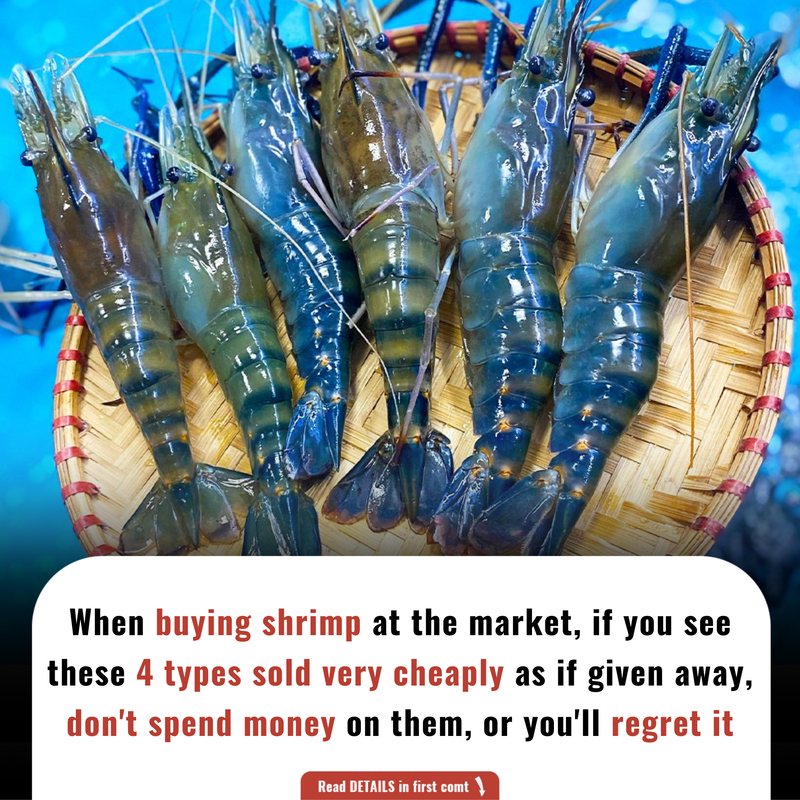
When it comes to buying shrimp at the market, many people are drawn to the cheapest options available. While budget-friendly choices are important, it’s crucial to know that not all inexpensive shrimp are worth buying. Some shrimp that look affordable may be of poor quality, spoiled, or even unsafe for consumption. Choosing the wrong shrimp can affect not only the taste of your dishes but also your health. Here are four common types of shrimp you should steer clear of when shopping:
1. Shrimp with Blackened Heads and Tails
One of the most obvious signs that shrimp are not fresh is when their heads or tails turn black or dark brown. This blackening is usually caused by prolonged exposure to heat, air, or improper storage conditions that accelerate enzymatic browning and bacterial growth. Blackened shrimp are often past their prime and may harbor harmful bacteria, posing health risks. Such shrimp usually have a sour or off smell and a mushy texture once cooked. It’s best to avoid these to prevent food poisoning and unpleasant flavors.
2. Shrimp with Opaque or Milky White Bodies
Fresh shrimp have a translucent and slightly shiny body, showing their freshness and good condition. When you see shrimp with bodies that look opaque, milky white, or cloudy, this often indicates the shrimp died before being frozen or were kept for too long in poor conditions. This can happen if the shrimp were not quickly chilled or frozen after being caught. These shrimp tend to have a soft, watery texture, lack the natural sweetness, and will not give the firm bite that fresh shrimp have. Using such shrimp in cooking can negatively impact the texture and flavor of your dish.
3. Shrimp with Strong, Unpleasant Odors
A fresh shrimp should smell mildly briny or like the ocean. If you detect a strong, pungent, or sour smell coming from the shrimp, this is a red flag that the shrimp have started to spoil. This bad odor is caused by the breakdown of proteins and the growth of bacteria over time. Consuming shrimp with an off-putting smell increases the risk of foodborne illnesses such as food poisoning. It is always better to trust your nose and avoid shrimp that smell bad, regardless of their price or appearance.
4. Shrimp with Slimy or Sticky Shells
The texture of the shrimp shell is another key indicator of freshness. Fresh shrimp shells should feel firm, smooth, and tightly attached to the body. If the shell feels slimy, sticky, or easily peels away, this suggests the shrimp are decomposing or have been exposed to poor storage conditions such as excessive moisture or warmth. Slimy shrimp are often associated with bacterial contamination and spoilage, making them unsafe to eat.
How to Choose Fresh and Safe Shrimp
To ensure you get the best quality shrimp for your meals, here are some tips:
-
Look for translucent, shiny bodies — fresh shrimp are slightly see-through and have a healthy shine.
-
Check the shells — they should be firm and tightly attached, without any sliminess.
-
Smell gently — fresh shrimp have a mild sea smell; avoid those with strong, sour, or ammonia-like odors.
-
Avoid discoloration — steer clear of shrimp with black spots on heads or tails, or with unusual white patches.
-
Buy from reputable sellers — trusted markets or suppliers usually have better storage and turnover, ensuring freshness.
Choosing quality shrimp not only enhances the taste and texture of your dishes but also protects your health. Don’t be tempted by prices that seem too good to be true, especially if the shrimp show any of the above warning signs. Freshness and safety are always worth the investment.
News in the same category


Scientists may have uncovered the reason why weight tends to rebound after loss

The truth about cold water: 5 health concerns you should know
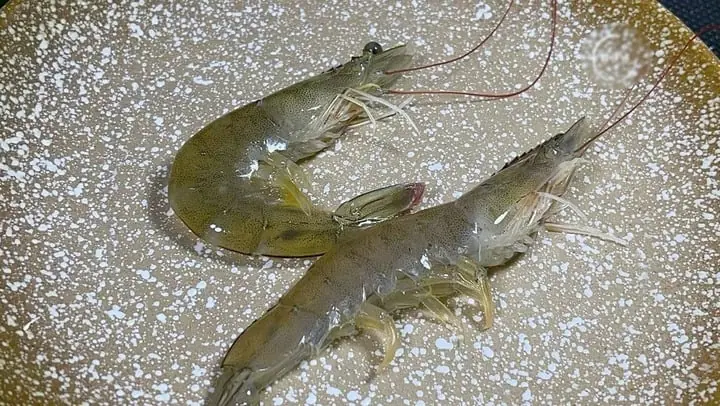
Should you buy straight shrimp or curved shrimp at the market? I just learned today that there's such a big difference
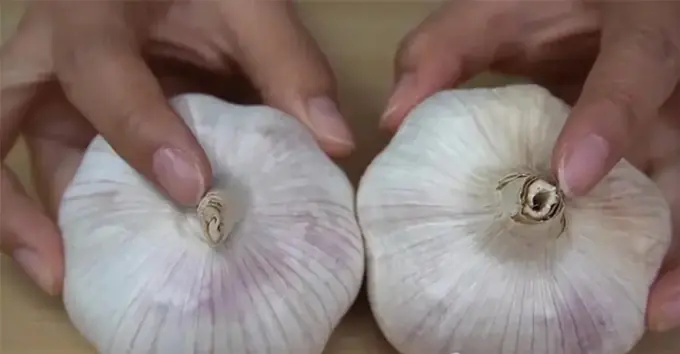
Should you choose purple garlic or white garlic? Many housewives think they're the same, but in reality, they're not

Why you should never insert your washing machine drain hose directly into the floor drain: expert advice

Why Do People Throw Water Bottles Under Hotel Beds? The Hidden Reasons Behind This Common Habit

Why do hotels set check-out time at 12 pm? Unveiling the practical reasons

Early warnings signs and symptoms of ovarian canc3r everywoman should be aware of

8 types of food that can fight canc3r many of you didn't know

Woman’s Chilling Warning After Discovering Abandoned Pram on Remote Road

A 6-year-old boy diagnosed with late-stage canc3r, his father regrets after doctors reveal the cause linked to a popular type of beverage

New injectable male birth-control provides protection for over two years, reports biotech firm
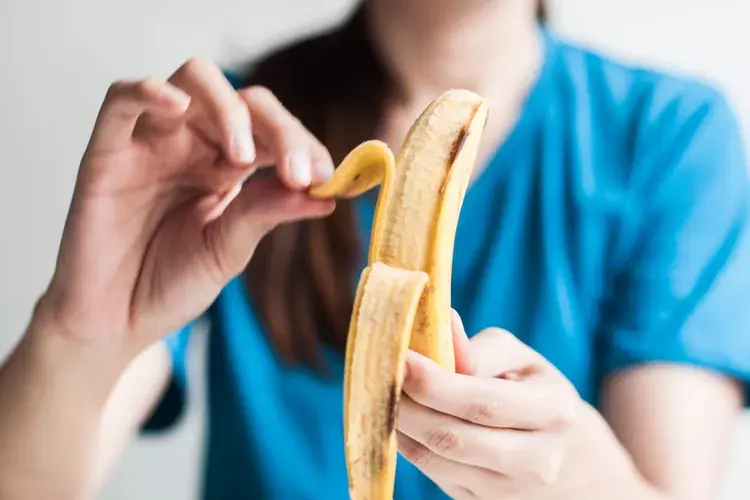
What happens to your bl00d pressure if you eat banana daily: The answer is not what you expected
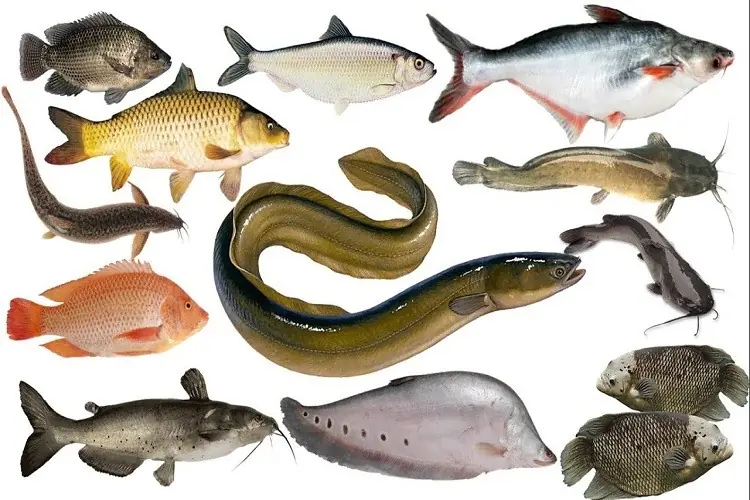
Beware: These 6 Inexpensive Fish Could Be Contaminated with H@rmful Toxins

Tips to use the air conditioner freely — stay cool all day without worrying about skyrocketing electricity bills

For those who wake up more than 2 twice to urinate at night, it could be a sign of these serious health conditions

4 types of super common drinks that do more harm to your l!ver than alcoh0l but many people don't know

Early warning signs of diabetes: The reason why it is "the silent k!ller"

When heartburn and bloating isn’t normal: How to k!ll the bacteria causing havoc in your gut
News Post

MY STEPMOTHER K!CKED ME OUT AFTER DAD'S DE@TH - THEN THE BLACK SUVs SHOWED UP
When Elish loses her father, she expects grief, not betrayal. K!cked out of her childhood home by the woman who never wanted her, she makes one desperate call. But what waits on the other end isn’t pity but power.
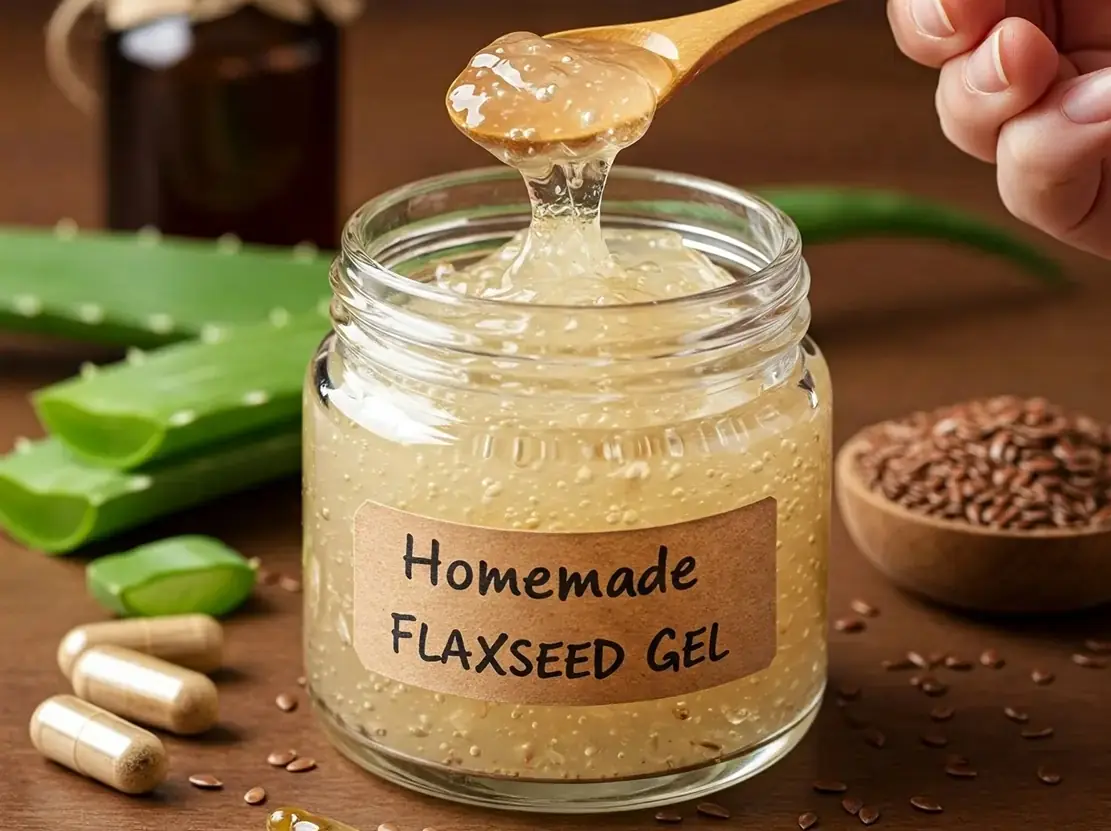
Collagen Drops from Flaxseed Gel: A Natural Botox Alternative for Youthful, Wrinkle-Free Skin
Flaxseed collagen drops offer a compelling, natural alternative to invasive anti-aging treatments like Botox.

5 types of food that can do wonder for your gut health and digestion

Scientists may have uncovered the reason why weight tends to rebound after loss

The truth about cold water: 5 health concerns you should know

Should you buy straight shrimp or curved shrimp at the market? I just learned today that there's such a big difference
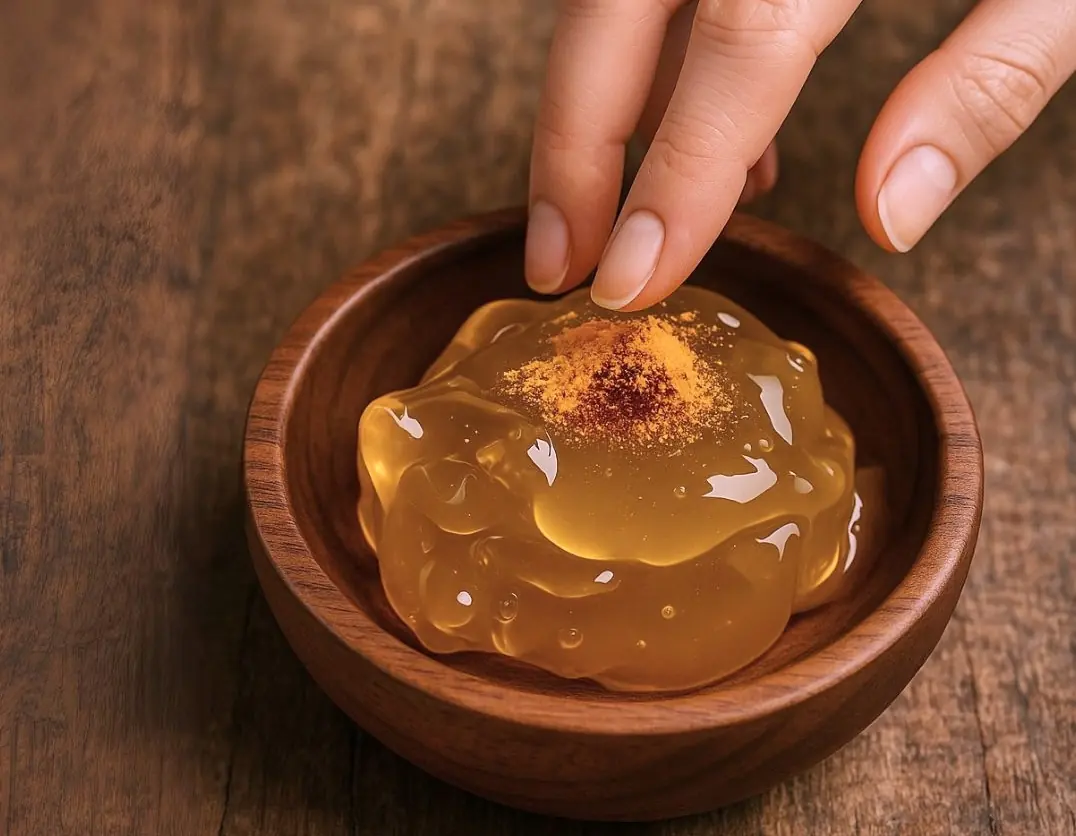
Turmeric Gel To Get Rid Of Age Spots & Get Youthful Skin
. With the simple, natural turmeric gel recipe and consistent care, you can gradually erase the signs of aging, brighten your complexion, and nurture your skin’s health from within.

Should you choose purple garlic or white garlic? Many housewives think they're the same, but in reality, they're not

DIY Onion Juice Serum To Grow Thick Eyebrows In Just 1 Week
By embracing simple DIY remedies like onion juice serum, egg yolk masks, fenugreek pastes, and petroleum jelly applications, you can support your natural hair growth cycle, improve hair health, and restore your natural beauty.

Why you should never insert your washing machine drain hose directly into the floor drain: expert advice

Why Do People Throw Water Bottles Under Hotel Beds? The Hidden Reasons Behind This Common Habit

SACRIFICE, BETRAYAL, AND LOVE: A MAN’S LIFELONG FIGHT FOR FAMILY AND DIGNITY
Discover the heart-wrenching story of a man who sacrificed everything to care for his family, only to face betrayal and loneliness. This powerful journey of resilience and love reveals the true cost of sacrifice.

A Miraculous Rescue: Saving an Injured Golden Eagle Named Goldie in Kanab, Utah
A woman saves an injured Golden Eagle in Kanab, Utah, witnessing a miraculous recovery. Read her story! ❤️🦅

A FARMER’S KINDNESS TO SHY CHILDREN TEACHES A POWERFUL LESSON ABOUT INCLUSION AND JOY
When a farmer’s simple act of kindness helps a shy child with a birthmark find confidence and joy, it becomes a heartwarming reminder of how small moments can change lives forever.

Homemade Flaxseed and Okra Hair Gels Natural Remedies for Hair Growth
These simple DIY recipes harness the power of nature’s ingredients and ancient wisdom, delivering visible benefits with patience and care.

A SIMPLE ACT OF KINDNESS AT THE GROCERY STORE RESTORES FAITH IN HUMANITY
In a world filled with negativity, a touching story of a stranger paying for a man’s groceries—just milk and cookies—reminds us all that small acts of kindness can make a huge difference. Discover the heartfelt moment that inspires paying it forward

HOW A LOST DOG LED US TO OUR PERFECT PAL — AND CHANGED OUR LIVES FOREVER
After losing their beloved dog, a couple’s journey to find a new furry friend led them to a trembling shelter dog who became the perfect companion. Discover how adoption transformed their lives and why rescuing animals matters.

A Heartwarming In-Flight Moment: Kids’ Innocent Friendship Goes Viral
Two kids form a viral friendship on a flight from St. Pete’s to Flint, symbolizing a hopeful future. Read their story! ❤️✈️

Homemade Black Hair Oil to Reverse Gray Hair: Turn White Hair to Black
Start with simple natural oils and dietary improvements, and explore medical options if necessary. Embrace a holistic routine that supports not just hair color, but overall scalp health and hair strength.
